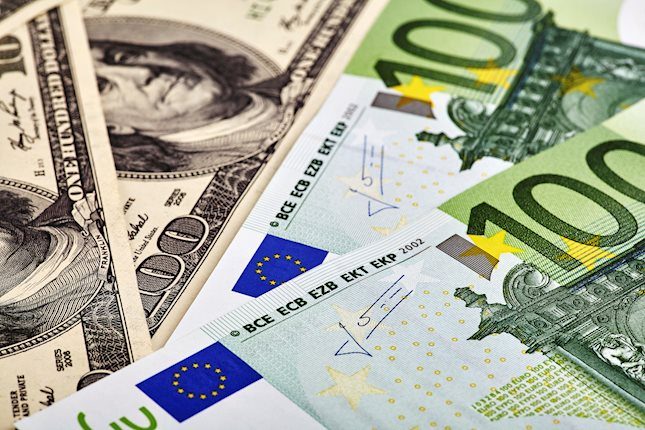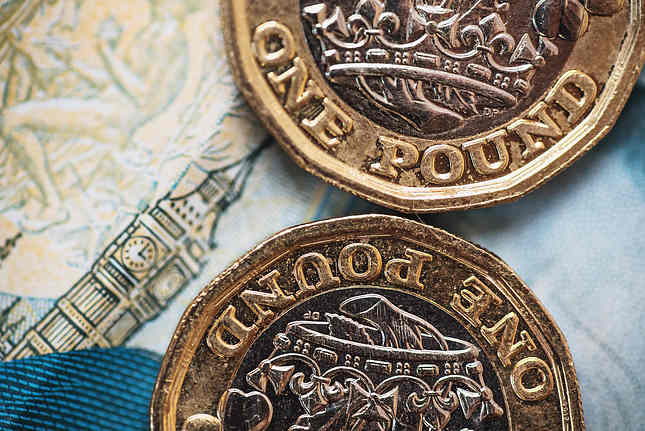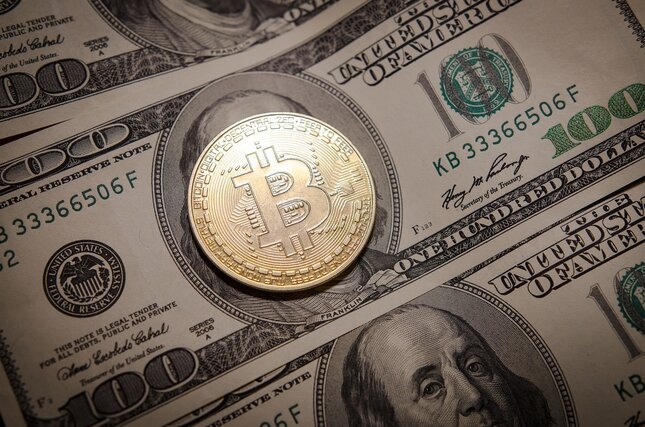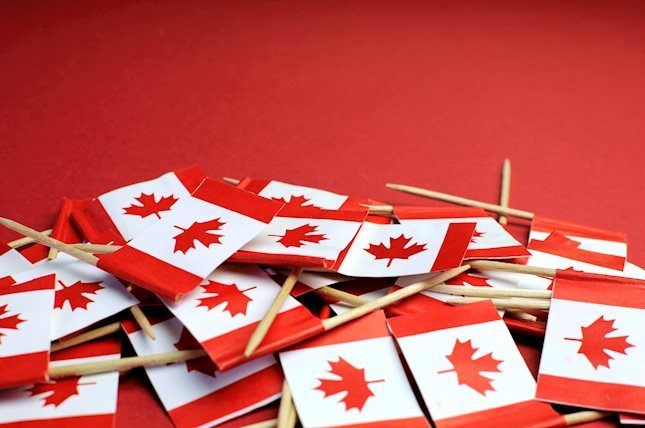[Jim Grant is an old-school observer of this economic age and one of its most brilliant commentators. Following is the speech he gave in accepting the 2019 Bradley Prize, which recognizes those who have helped further the principles and institutions of American exceptionalism.RA]
Ladies and gentlemen, it’s a blemish on the age that so many of us know the name of the Federal Reserve chairman. In a better world, that government functionary would be as obscure as what’s-his-name, the home plate umpire who got no arguments calling balls and strikes at Yankee Stadium the other night. Who elected the Greenspans, Bernankes, and Powells to be the arbiters of interest rates, asset prices, the rate of inflation and who knows what else? It wasn’t Alexander Hamilton. Nor was it the Fed’s own founders. If the authors of the 1913 Federal Reserve Act could return to earth to inspect their handiwork, the shock might kill them all over again.
Congress envisioned an institution to function in the context of the international gold standard. This meant a dollar defined as a fixed weight of gold. You should have heard old Carter Glass, the congressional father of the Fed, berate the critics who dared to suggest that he was scheming to replace the gold dollar with a scrap of green paper. Well, Glass himself is to blame for much of the evil that followed. The legislative preamble to the act that Woodrow Wilson signed describes a bill “to furnish an elastic currency, to afford means of discounting commercial paper, to establish a more effective supervision of banking in the United States-and for other purposes.”
Financing Wars
These other purposes quickly became the principal ones. No sooner did America enter the Great War than the Fed lent a hand to facilitate the government’s borrowing. By the time the system celebrated its 30th birthday, in 1943, the central bank was pegging interest rates to suppress the costs of financing an even greater war. Jump ahead another generation. In 1971, the dollar became the un-collateralized piece of paper that Glass denied it would ever be. Thus did discretionary monetary management by former tenured economics faculty become the Fed’s new operating technique. The gold standard was out. The Ph.D. standard was in. Unconstrained by gold, the Fed intervened to clean up after the 1998 failure of Long-Term Capital Management. To ameliorate the 2000 dot-com bust, it pressed down its policy interest rate to 1%. To put out the fires of 2008, it pressed that rate to zero – and held it there for years.
Would Hamilton have been shocked by these radical measures? No more so than John Paul Jones would be at the sight of the USS Ronald Reagan, apologists contend. Ancestor worship is a poor substitute for progress, they say. Science, though, is one thing, finance another. In science, progress is cumulative – we stand on the shoulders of giants. In finance, progress is cyclical – we keep stepping on the same rake. It’s not because we never learn. We do learn. We learn to respond to incentives – to the Federal Reserve’s now predictable interventions to support the stock market, for one. And to the opportunities afforded by persistently low interest rates, for another.
No Protest from Wall Street
Interest rates are probably the most sensitive and consequential prices in capitalism. They balance savings and investment, discount future cash flows, define investment hurdle rates, measure financial risk. Yet the Fed and its foreign counterparts seek to manipulate or, at least, to influence, interest rates both long-term and short-. They can’t seem to keep their hands off them. Wall Street raises no protest against these intrusions. The artificially low rates of the past 10 years have advantaged investors, speculators and corporate promoters. They have deadened the risk sensors of even professional investors. They are 80-proof financial disinhibitors.
The same low rates-by some measures, the lowest in 3,000 years-have penalized savers, incentivized dubious risk-taking, expedited the growth in federal indebtedness, and perpetuated the lives of businesses that would have failed in the absence of easy credit. They have widened the gulf between rich and poor, thrown a spanner into our politics and inflated the cost of retirement.
Trump ‘Righter Than He Knew’
In 2016, then candidate Trump complained about an “artificial stock market” and a “false economy,” blaming each on the legacy of the Fed’s near-zero percent interest rates. And just because he subsequently hired a new speech writer doesn’t mean he was wrong. He was, indeed, righter than he knew. The trouble is that the costs of radical monetary policy are dark and prospective; the gifts they bestow are bright and immediate. Those gifts are likewise transitory. Over-encumbered businesses finally fail, inflated asset prices ultimately revert to lower, more reasonable levels. The dividends and the yields that income-needy people have stretched sadly prove illusory. New federal regulations follow hard on the Congressional hearings called to ventilate society’s rage at the bankers – not the central bankers, mind you – who brought down the chaos.
What’s to be done?
An overhaul of the Ph.D. standard, for starters. The 700 doctors of economics on the Fed’s payroll seem not to understand the limitations of economic modeling or the relevance of the financial past. Send them to NASA, which is where they wanted to work in the first place. Replace them with a half dozen historians, a couple of philosophers and a physician. The historians would study the recurring patterns of economic and financial affairs, the philosophers would contemplate the true nature of money and the physician would repeat at intervals, “First do no harm.”
Hormone-Free Rates
As to interest rates, the new and enlightened Federal Reserve would adopt the policy endorsed long ago by the central banker who pleaded, “Don’t give me a low rate. Give me a true rate, and then I shall know how to keep my house in order.” The Fed would cast this regime change in language calculated to appeal to the environmentally conscious younger generation. What we need, the new brooms at the central bank would say, are rates discovered in the market, not imposed from on high. In other words, green interest rates. Unprocessed, unpasteurized, un-fluoridated interest rates. Cage-free, cruelty-free, hormone-free, antibiotic-free, gluten-free, grass-fed, heart-healthy, probiotic, non-GMO, non-dairy, free-range, all-natural, sustainable, organic, farm-to-table interest rates. Not necessarily higher rates. Not necessarily lower rates. But, certainly, truer rates. Ladies and gentlemen: Free interest rates.
Rick’s Picks trading ‘touts’ are for educational purposes only. Past performance is no guarantee of future performance. (See full disclaimer at https://www.rickackerman.com/)
Recommended Content
Editors’ Picks

EUR/USD clings to recovery gains near 1.0850 ahead of Fedspeak
EUR/USD trades in positive territory near 1.0850 on Friday following a four-day slide. China's stimulus optimism and a broad US Dollar correction help the pair retrace the dovish ECB decision-induced decline. All eyes remain on the Fedspeak.

GBP/USD pares UK data-led gains at around 1.3050
GBP/USD is trading at around 1.3050 in the second half of the day on Friday, supported by upbeat UK Retail Sales data and a pullback seen in the US Dollar. Later in the day, comments from Federal Reserve officials will be scrutinized by market participants.

Gold at new record peaks above $2,700 on increased prospects of global easing
Gold (XAU/USD) establishes a foothold above the $2,700 psychological level on Friday after piercing through above this level on the previous day, setting yet another fresh all-time high. Growing prospects of a globally low interest rate environment boost the yellow metal.

Crypto ETF adoption should pick up pace despite slow start, analysts say
Big institutional investors are still wary of allocating funds in Bitcoin spot ETFs, delaying adoption by traditional investors. Demand is expected to increase in the mid-term once institutions open the gates to the crypto asset class.

Canada debates whether to supersize rate cuts
A fourth consecutive Bank of Canada rate cut is expected, but the market senses it will accelerate the move towards neutral policy rates with a 50bp step change. Inflation is finally below target and unemployment is trending higher, but the economy is still growing.

Best Forex Brokers with Low Spreads
VERIFIED Low spreads are crucial for reducing trading costs. Explore top Forex brokers offering competitive spreads and high leverage. Compare options for EUR/USD, GBP/USD, USD/JPY, and Gold.